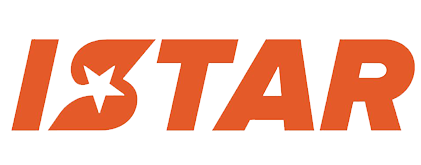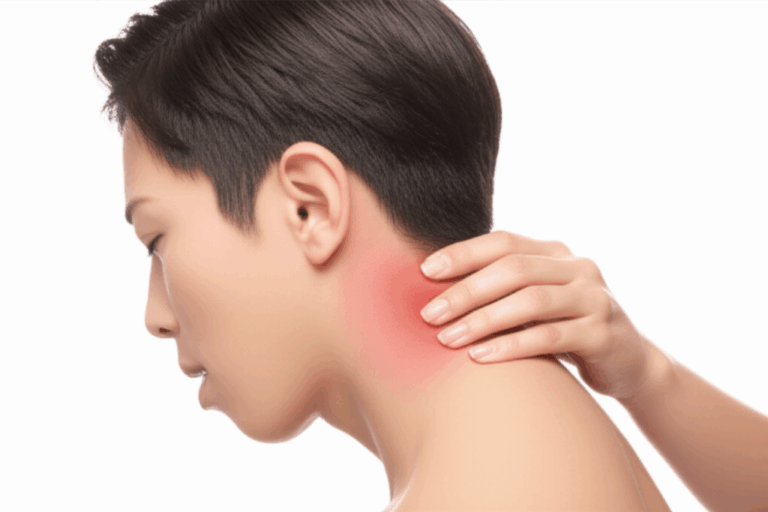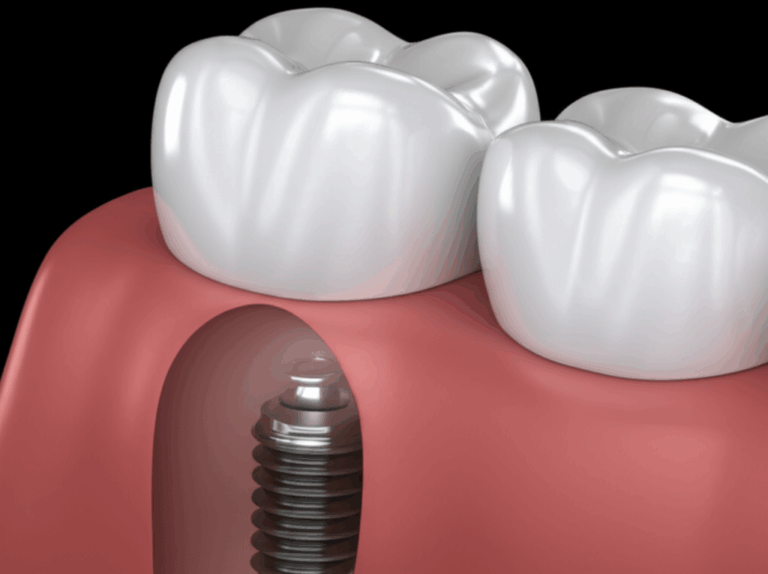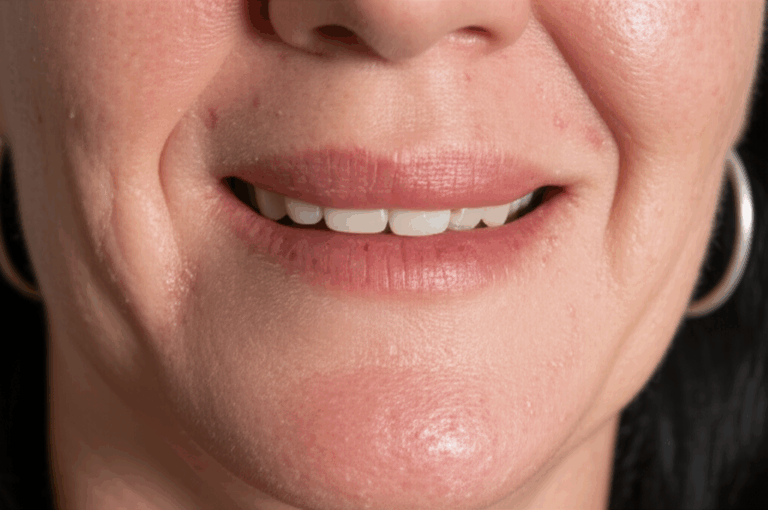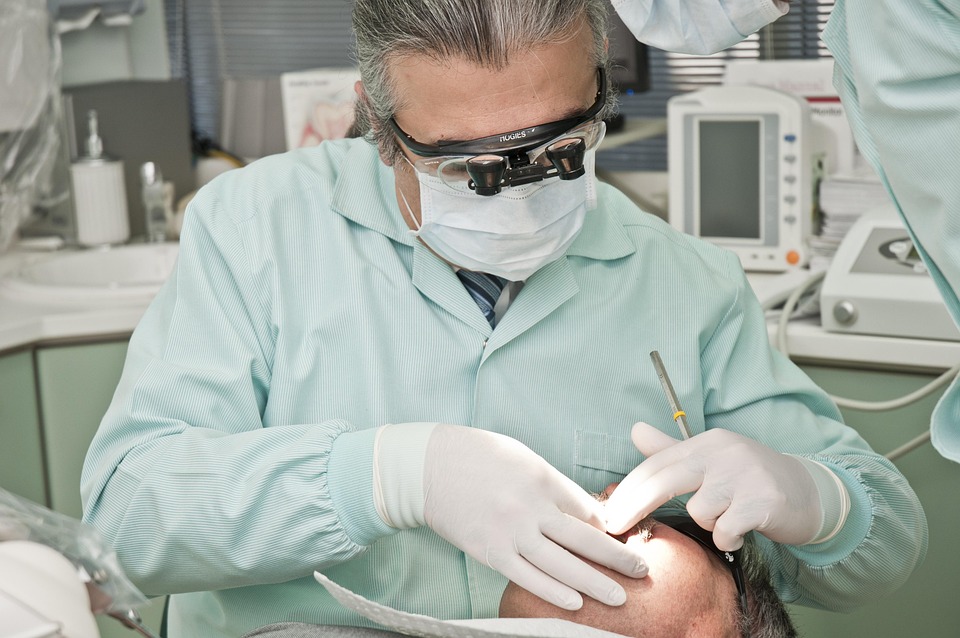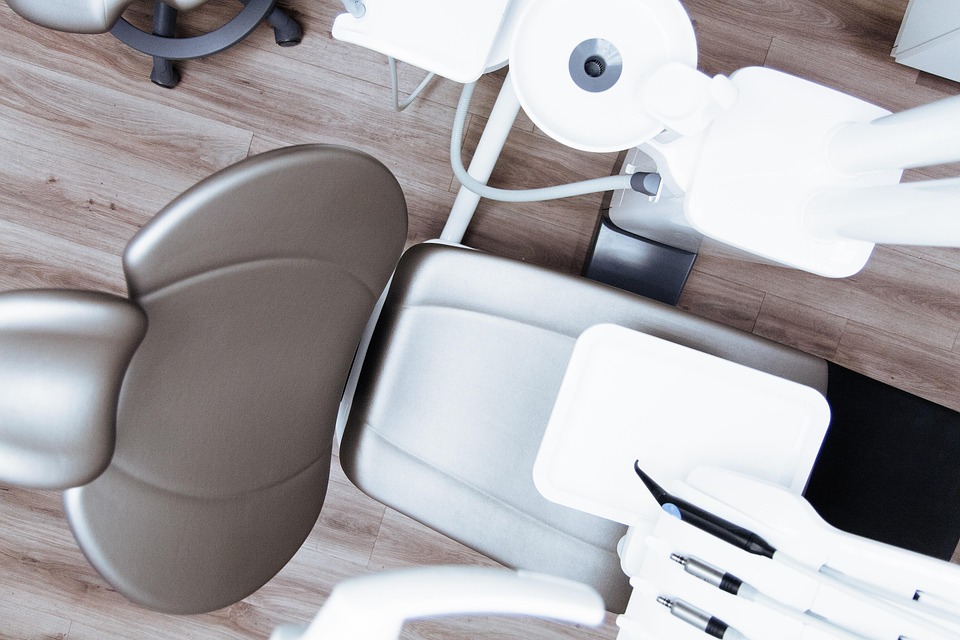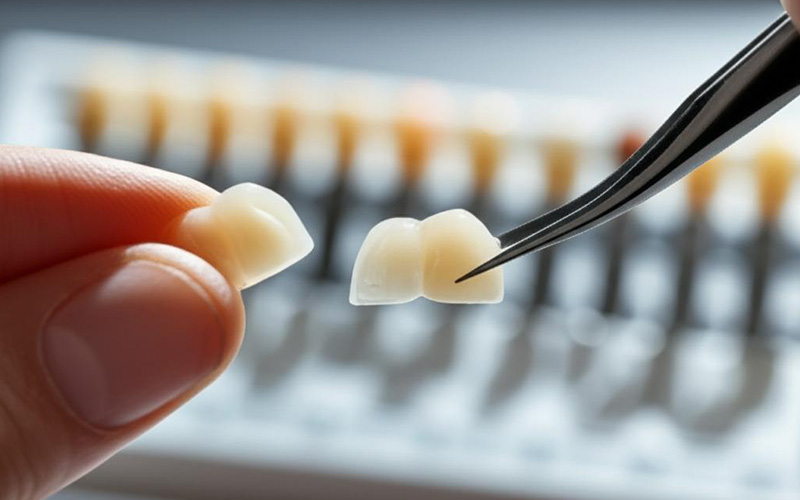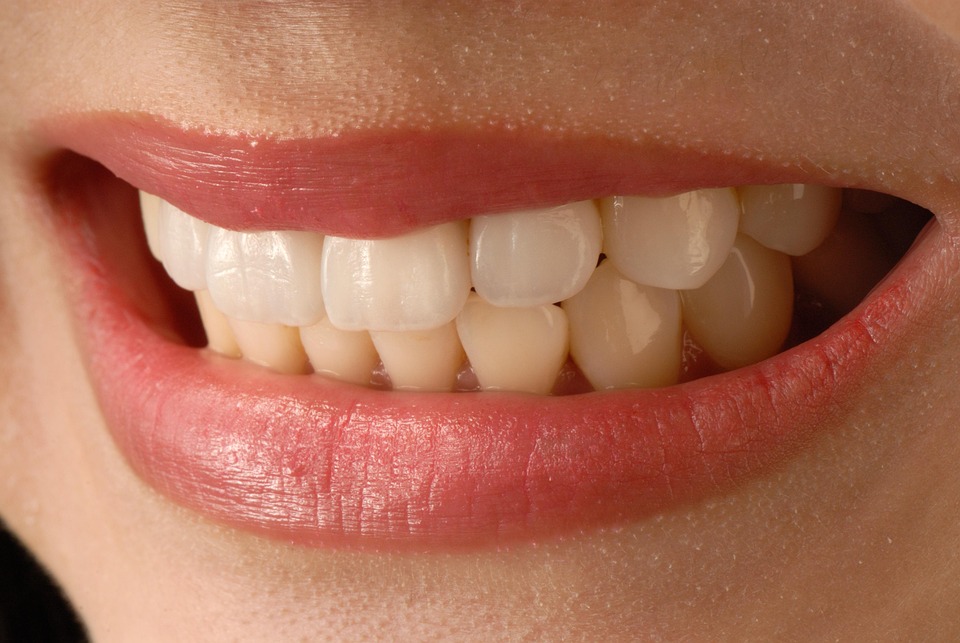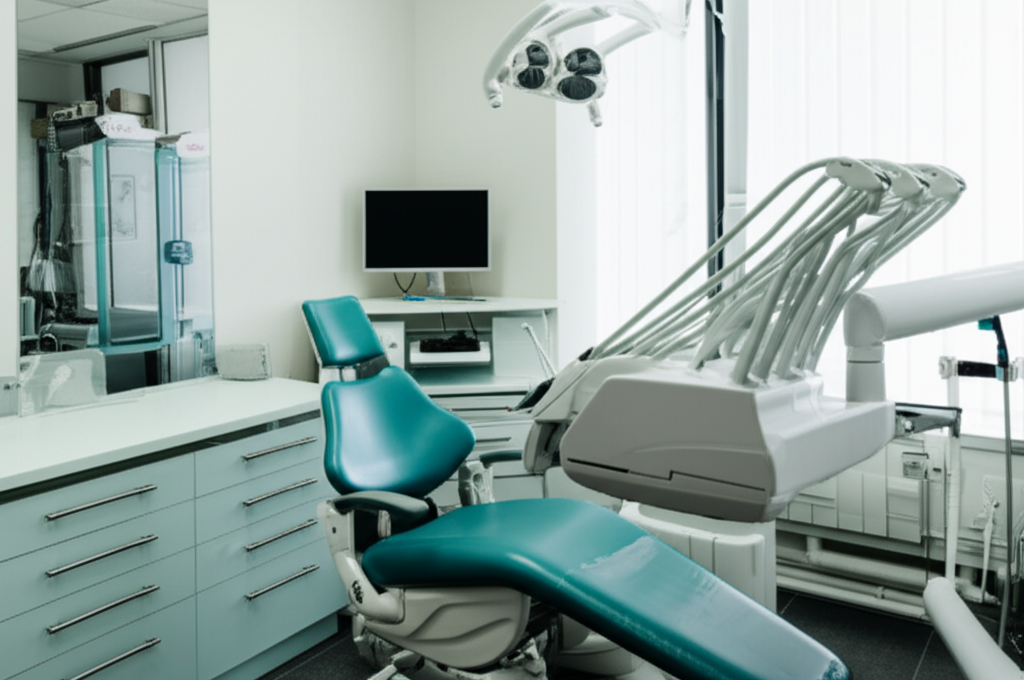
How Much Does a Walk-In Dentist Cost? My Experience With Urgent Dental Care Prices & Practical Advice
Table of Contents
1. Introduction: My First Brush With a Walk-In Dentist
I’ll never forget the day my tooth started to really hurt out of nowhere. It didn’t matter that it was a Saturday morning or that my usual dentist’s office wasn’t open. Like a lot of people, I ended up searching for an “emergency dentist near me” and found myself learning about walk-in dental places for the first time. As I held my jaw and worried, mostly I was thinking: how much is this going to cost?
Since then, I’ve had a few dental emergencies. From lost fillings to abscesses that showed up at the worst times, I’ve sat in more waiting rooms than I’d like, scrolled through Google reviews, and figured out what urgent dental care actually costs. If you’re wondering what you’ll pay—and how to get ready for it—let me tell you what I found out through my own visits, searches, and some honest advice.
2. What Is a Walk-In Dentist and Why Might You Need One?
If you’ve never needed a walk-in dentist before, you’re lucky. But accidents and sudden pain can happen to anyone.
The first time I went to a walk-in dentist, I found out these places are there for people who wake up with a toothache, break a tooth, lose a crown, or suddenly get swollen gums. Walk-in clinics see a little of everything: abscesses, broken teeth, lost fillings, even faces that look swollen because of infection. It’s like an urgent care, but just for teeth.
Here are some things walk-in dentists usually treat:
- Really bad tooth or jaw pain that won’t quit
- Chipped, cracked, or broken teeth (from eating or accidents)
- Lost or loose fillings and crowns
- Swollen gums or faces (sometimes with infection)
- Abscesses causing pain or pus
- Kids with mouth injuries from sports or falling
The best thing about these clinics is how fast you can get seen. I’ve walked in with serious pain and got help right away, without waiting days for an appointment. They usually offer short exams, small X-rays, pulling teeth, temporary fillings, pain relief, and sometimes fixing a loose crown.
Some of these clinics only handle emergencies. Others do regular care, but keep walk-in slots open for emergencies. What you’ll usually find is:
- A quick dental check (sometimes with X-rays)
- Pulling teeth (simple or more complicated)
- Draining abscesses
- Temporary or regular fillings
- Pain and infection help (prescriptions, shots)
- Putting back crowns
- Quick repairs to broken bridges or dentures
3. The Real Factors That Determine Walk-In Dental Costs
Let’s be honest: There’s no one price for seeing a walk-in dentist. It depends on a bunch of things—some you can control, some you can’t. I’ve learned to ask questions and keep an eye out for things that change how much I have to pay.
Here’s what makes the biggest difference:
Type of Treatment Needed
A short check and a small X-ray? Not too bad. But if you need a tooth pulled or an emergency root canal, it’ll be a lot more. From what I’ve seen, the treatment you need is the biggest dollar amount on your bill.
How Bad or Complicated It Is
One time, I came in with a chipped tooth and just needed a little smoothing and a tiny filling. Another time, I had a bad toothache that turned into an abscess, so I needed the tooth pulled and medicine. The point? Simple stuff (little fillings or fixes) costs less. Big problems (like infection or surgery) cost more.
Where You Live
I’ve noticed that in big cities, urgent dental costs are much higher than in small towns. And even in the same city, some neighborhoods or clinics charge more.
Time You Go: Evenings and Weekends
You’re probably reading this in pain and after regular hours. I’ve found that evenings, weekends, and holidays come with extra fees—sometimes 30% more than what you’d pay during the day.
Insurance or Not
If you have dental insurance (and the place is in your plan), you’ll usually pay less. No insurance? You’ll pay the full price. Sometimes, insurance only pays for part of it, or you have to pay everything up front and wait for a refund. Always ask what’s covered before anything is done.
The Type of Clinic
Walk-in services can be in private offices, big chain dental places (like Aspen Dental), community health clinics, clinics linked to hospitals, and dental school clinics. Community and school clinics are usually cheaper. Chains and private offices are pricier, but you might get in quicker.
Numbing or Sedation
If you’re nervous (like me) and want laughing gas or something stronger for a root canal or pulling a tooth, you’ll have an extra charge. This can be $50 to a few hundred dollars, depending on what’s used.
4. A Closer Look: What I Paid for Common Emergency Dental Procedures
I’ll show you what I actually paid, and what you can expect based on searches and bills. Real prices can change, but these numbers should help you plan or compare clinics.
Typical Costs for Emergency Dental Stuff
| What It Is | Simple Description | What You Might Pay (No Insurance) |
|---|---|---|
| Short Dental Check (emergency focus) | Looks at one spot, sometimes has a small X-ray | $50 – $150 |
| Small X-ray (per tooth/root area) | Close-up to see one tooth problem | $25 – $75 |
| Easy Tooth Pull (simple extraction) | Tooth comes out without trouble | $150 – $400 |
| Harder Tooth Pull (surgical extraction) | More complicated, might need cutting or stitches | $300 – $800+ |
| Metal Filling (silver, small) | Fills a cavity with silver stuff | $100 – $250 |
| White Filling (composite, small) | Fills a cavity with tooth-colored stuff | $150 – $400 |
| Pulp Cap or Pulpotomy | Cleans out some infection to save tooth | $200 – $500 |
| Front Tooth Root Canal | Takes out nerve from a front tooth | $700 – $1,200 |
| Side Tooth Root Canal (premolar) | Takes out nerve from a side tooth | $800 – $1,500 |
| Back Tooth Root Canal (molar) | Most complicated, for far back tooth | $1,000 – $2,000+ |
| Drain Abscess | Opens and drains pus | $100 – $350 |
| Temporary Crown or Re-cement | Puts crown back on or makes a quick fix | $75 – $250 |
| Antibiotic Prescription | Pills for infection (filled at pharmacy, not office) | $10 – $60 |
| Pain Medication Prescription | Pills for pain (filled at pharmacy, not office) | $10 – $50 |
Note: These are average numbers for people with no insurance. In my experience, dental offices in nicer areas charge more. Dental schools and community clinics are usually cheaper.
For example: When I cracked a molar and had it pulled, the check and X-ray cost me $120, and the tooth pull was $375 at a private clinic on a weekend. No insurance, so it was all out of my pocket.
But when my partner had the same problem at a dental school, the whole visit—including pulling the tooth—was almost $200. The catch? We had to wait longer and it was done by a supervised student.
If you want to know more about dental emergencies and how to avoid them, you might want to check out teeth health or dental care for better general advice about keeping your teeth strong and healthy.
5. Walk-In Dentist Payment Options—What Actually Works?
Dental pain is rough enough. The last thing you need is a nasty surprise at the front desk. Through a lot of tough experiences, I’ve paid for urgent dental care nearly every way possible. Here’s what actually works.
Dental Insurance
If you have insurance, that’s great—you’ll usually pay less. PPOs usually let you pick more places, but make sure the clinic is in your plan. HMO plans are more strict, and usually won’t cover walk-ins at random clinics. Most plans have a deductible and a part you pay yourself.
Tip: Before anybody starts working on you, call your insurance or double-check if the office takes your plan. Ask about:
- Deductible (what you pay first)
- How much of emergencies they pay for
- Wait times before you get full coverage (some plans don’t cover you right away)
- If you have to pay up front and send in receipts
Cash or Credit Cards
Some places give you 5-10% off if you pay with cash. I always ask about a cash discount when I don’t have insurance—it can help more than using a credit card later. Always get a full receipt.
Dental Loans or Financing
When the bill is big, I’ve used CareCredit or similar healthcare credit cards. You need a decent credit score, but sometimes you pay no interest if you pay it all off in a few months.
A lot of clinics also do their own payment plans—paying a little each month. It’s definitely worth asking, especially if you need something expensive like a root canal.
Discount Dental Plans
Some plans work kind of like a membership. You pay once a year, then get a set percent off at certain dentists. It can be worth it if you need a lot of work—but be sure the dentist will accept your plan before you pay for one.
HSAs and FSAs
If your job gives you a Health Savings Account (HSA) or Flexible Spending Account (FSA), you can use that money for dental emergencies, and it’s tax-free. Keep your receipts for your taxes.
Community or Government Help
If you have Medicaid or CHIP, check which local clinics take your coverage. It depends on your state and your age. Community clinics and dental schools save a lot of people money when they need urgent help.
Dental schools are usually the cheapest place. Students (guided by real dentists) do the work, but you wait longer.
Ask About Payment Plans
Never be shy about asking for a payment plan—especially if your bill is big and you don’t have insurance. A lot of dental offices understand how hard it is and will help you work something out.
6. My Best Tips for Finding Affordable Urgent Dental Care
When you’re in pain, finding help fast and not spending a fortune is a challenge. Here’s what’s worked for me.
1. Call First and Ask for Prices
Don’t just walk in if you don’t have to—always call and say, “What’s it cost for an emergency exam and X-ray?” If you think you’ll need a filling or tooth pulled, ask for prices on that, too.
2. Ask About Payment Options
Do they take cash, have payment plans, or use HSA accounts? It’s good to know before you decide.
3. Try Cheaper Local Places
Community health centers, public clinics, and dental schools are the cheapest. They usually charge based on your income.
4. Learn Your Insurance
Figure out what your plan pays for, what counts as an emergency, and if you pay extra at night or on weekends. Have your insurance phone number with you in case you need help at the office.
5. Focus on What Matters Most
If the dentist says you need a lot done, ask, “What has to be fixed right now and what can wait?” Sometimes, it’s smarter to fix the pain first and plan the rest later.
6. Read Reviews and Look Up The Office
I always read reviews before picking a new place. Not every walk-in clinic is the same, and some charge a lot more—or aren’t as good. Other patients’ experiences can save you money and trouble.
You can also look at teeth information for more tips on preventing future surprises.
7. When Should You Head to the ER Instead?
Most dental emergencies are best for a walk-in dentist, but sometimes things are too serious.
Go to the ER if:
- You can’t stop the bleeding
- You got a bad injury like a broken jaw or really hurt your face
- Swelling in your mouth, jaw, or neck makes it hard to breathe or swallow
- You think you have a spreading infection (redness/swelling going down your neck, to your eye, or chest, fever, chills)
The ER can give you medicine for pain and antibiotics, but they usually don’t do dental work like fillings or pulling teeth. It’ll be expensive, and you’ll have to see a dentist later anyway.
If you can manage at a dental clinic, it will cost less and you’ll get the actual dental fix you need.
8. Final Thoughts: Why Taking Action Matters
I’ve learned the hard way that waiting with tooth pain only makes it worse—and more expensive. Walking into a clinic in pain isn’t fun, but it’s better than letting things get out of control and paying more later.
Just remember:
- Prices change based on what treatment you need, where you are, how bad the problem is, and if you have insurance.
- Always ask about the price and how you can pay before they start.
- Use all the help you can find: clinics, discount plans, dental schools, your insurance.
- Walk-in clinics are better and cheaper for most emergencies than the ER—unless your health is in real danger.
If you stay prepared, ask questions, and don’t let small problems turn into big ones, you can save your teeth—and your money.
Want to avoid future emergencies? Take a look at dental care for simple ways to keep your teeth healthy and strong.
Take care, ask questions, and I hope your next trip to the dentist is easy and pain-free!
